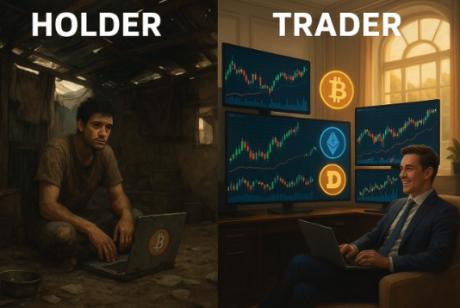Original: Empire
Compiled/Organized by: Yuliya, PANews
In the crypto market, token investors face far more uncertainty than in traditional financial markets. Frequent occurrences such as founding teams issuing secondary tokens, non-transparent related party transactions, and opaque market maker agreements create serious information asymmetry regarding a project's true value and investment returns. Against this backdrop, the Blockworks team has launched the Token Transparency Framework, aiming to guide project teams to disclose key information through an open-source standard tool, and promote the industry towards openness, credibility, and long-term development. This episode of Empire podcast, hosted by Jason Yanowitz, invites Dan Smith (Blockworks' Data Director), Felipe Montealegre (Thea's Chief Investment Officer), and Louis T (Investment Partner at L1D) to deeply explain the framework's design concept, scoring methodology, and future vision. PANews has compiled and organized this dialogue into text.
[The rest of the translation follows the same professional and accurate approach, maintaining the original meaning while translating to English.]Here's the English translation:Regarding these issues, there have been some positive changes in the industry and regulatory landscape. For example, Morpho Labs recently announced that it will become a wholly-owned subsidiary of the Morpho Association (an entity without shareholders), ensuring value flows to the token. Miles Jennings from a16z also shared views on the "end of the foundation era" and mentioned emerging legal structures like "DUNAs" and "BORGs", which aim to address the needs of off-chain entities (such as foundations) conducting business activities (like signing contracts).
On the regulatory front, SEC Commissioner Hester Peirce proposed a "Safe Harbor 2.0" plan, providing a three-year grace period and guidelines for projects transitioning from centralized entities to decentralized networks. Meanwhile, the "Market Structure Bill" being advanced in Congress is establishing a basic framework for disclosure standards.
Industry Chaos
Yanowitz: Could you share some real cases to help everyone more intuitively understand the problems existing in the current token market?
Felipe: We once invested in a project with a fully diluted valuation of only $40 million, spending significant time helping them deploy on Solana, and they ultimately began generating around $40 million in annual cash flow, which was considered a very successful investment. One day, the team notified us that they were "abandoning the token". In reality, they decided to separate the IP from the token, keeping the entire cash flow for their small four-person team. This is common in the crypto industry, known as a "Rug Pull". But if Tim Cook treated Apple shareholders this way, it would be absolutely intolerable in the public market.
For instance, Aave previously discussed issuing a new token for its real-world assets (RWA) business line, which sparked widespread community discussion and concern. Investors worried that as Aave token holders, they might not benefit from the new token's issuance. Especially given Aave's approximately 70% market share in the existing EVM market, expanding to new markets became a key strategy. Fortunately, Aave's founder publicly stated a few weeks ago that they would not issue a new token for the RWA business.
Uniswap is another example, where investors believed its strong moat would ultimately bring returns, which indeed happened through front-end monetization. However, UNI holders did not receive a single penny of income.
Yanowitz: How much of these problems are due to founders "doing evil", and how much are structural issues under regulatory gaps?
Felipe: Indeed, if founders "Rug Pull" a protocol, this would be illegal in the securities market. But not feeding revenue back to the token may not necessarily be illegal, possibly just due to incomplete regulatory mechanisms. My point is not to blame founders, but to highlight that under the current structure, tokens are extremely unattractive to institutional investors.
[The translation continues in the same manner for the rest of the text, maintaining the specified terms and formatting.]Felipe: Teams that participate and receive a reasonable score (above 60-70%) may potentially earn a premium for their tokens in the long term due to transparency. Although this change may not be immediately apparent, improved transparency will attract more liquidity token funds, as these funds typically have capital pools with authorized holdings lasting years. Analysts believe that liquidity fund managers place high importance on transparency standards and are dissatisfied with the current market's lack of transparency, making projects with comprehensive information disclosure more attractive. If this framework is widely adopted by the market, it may drive more institutional capital into the liquidity token market, thereby alleviating the primary obstacle of insufficient transparency that hinders institutional capital entry.
Louis T: In the short term, projects with solid fundamentals that have been overlooked due to market noise, narratives, or hype will be the main beneficiaries of the new framework. By applying this framework to their tokens and projects and publicly releasing the results, these projects can more clearly demonstrate their true fundamentals to institutional investors, liquidity investors, whales, and token holders, thereby enhancing market awareness and attention. This approach helps projects stand out from market noise and achieve rapid development.
Yanowitz: Which projects would oppose this framework?
Felipe: Projects that view tokens as arbitrage tools, lack genuine products, or abuse market structures will be marginalized due to their lack of transparency. The emergence of this framework will end the overvaluation of "fraudulent tokens" and allow resources to flow more effectively towards projects with genuine product-market fit.







